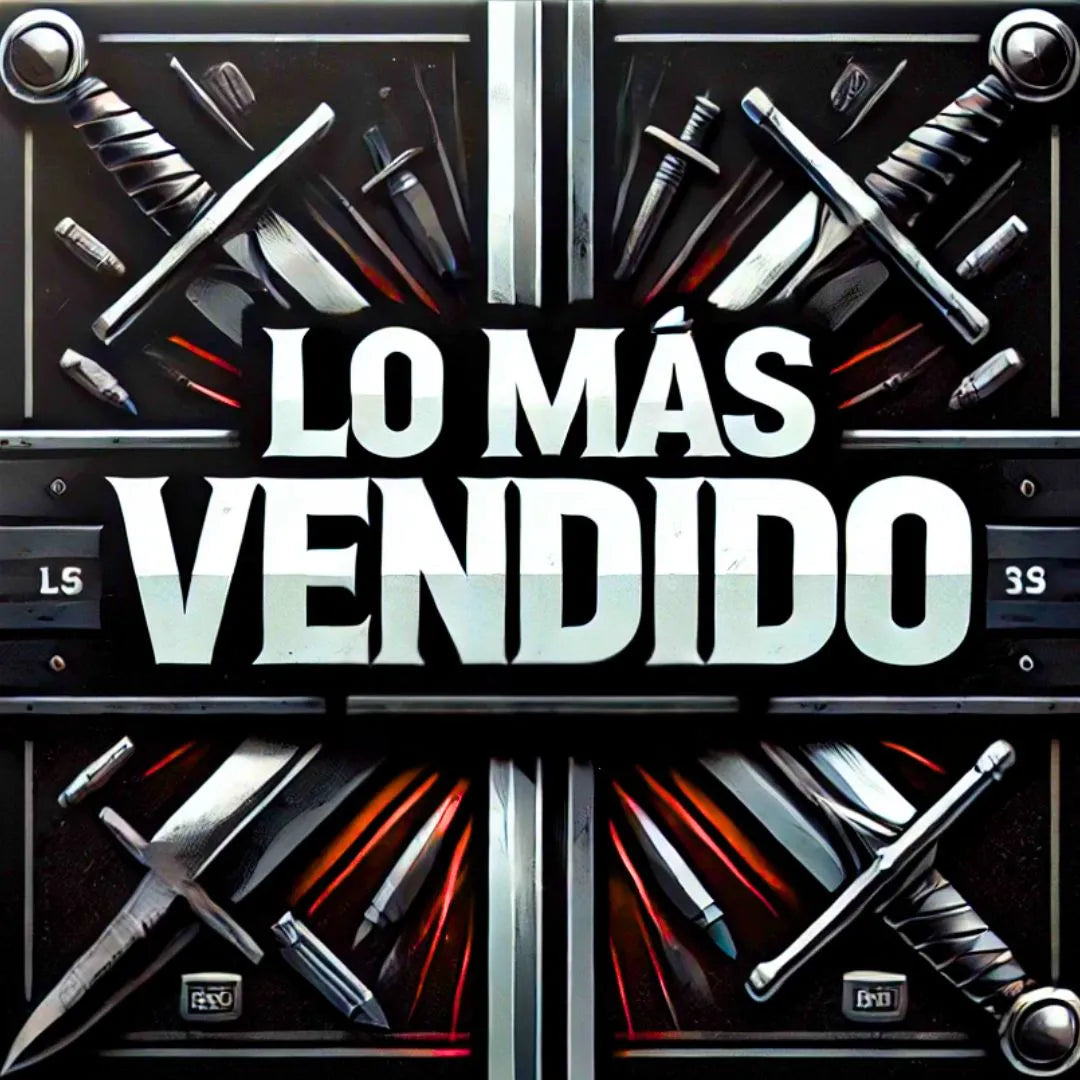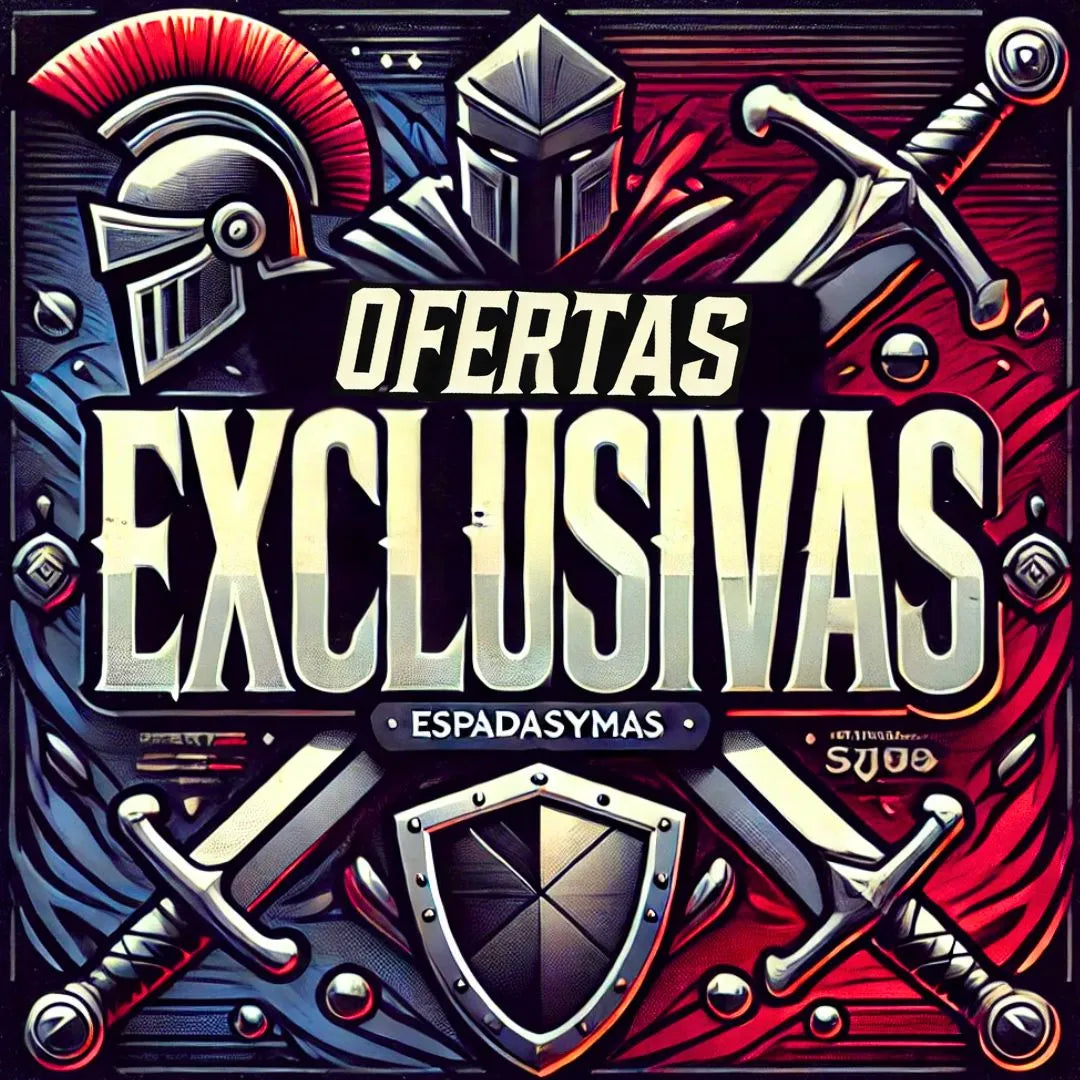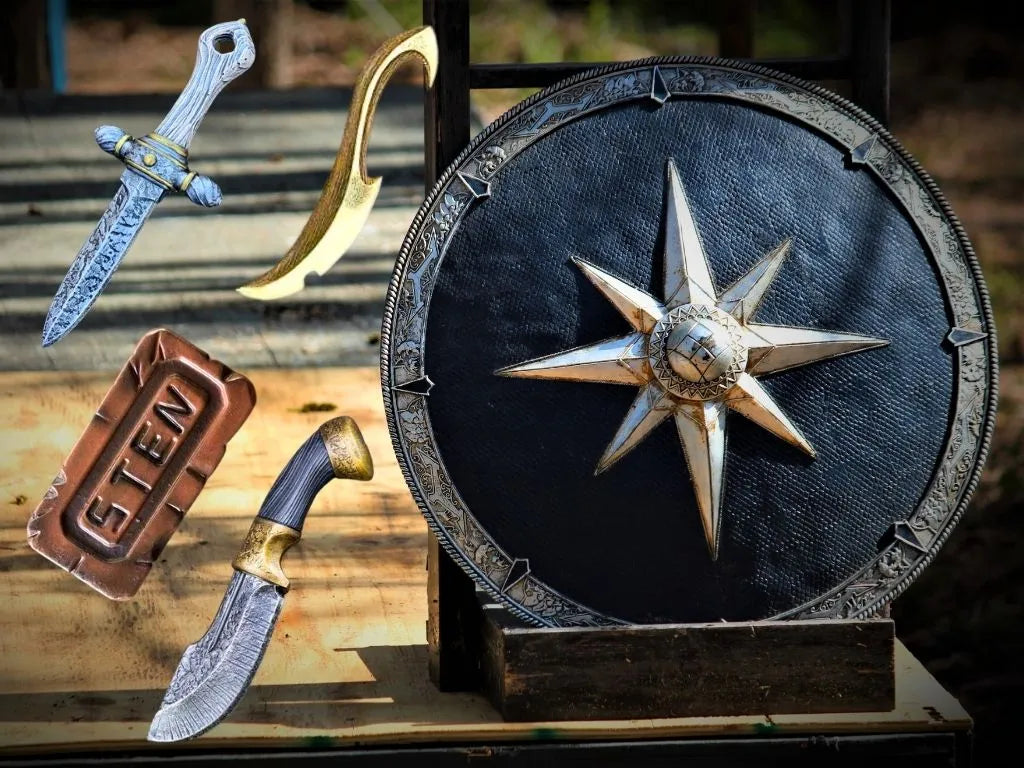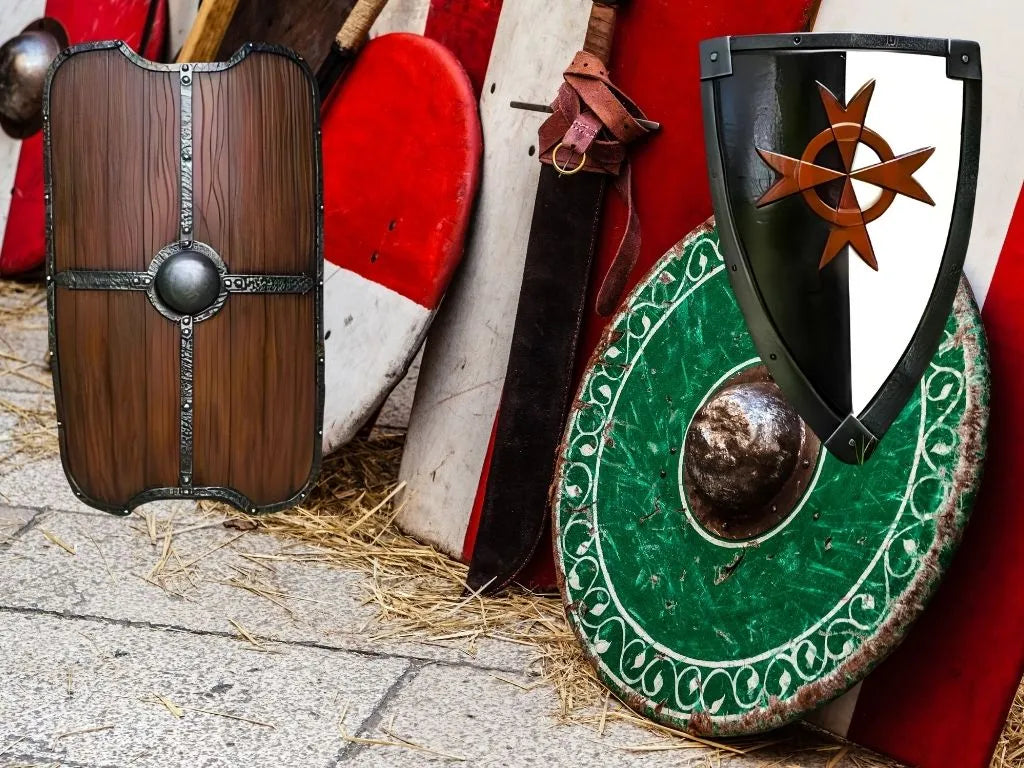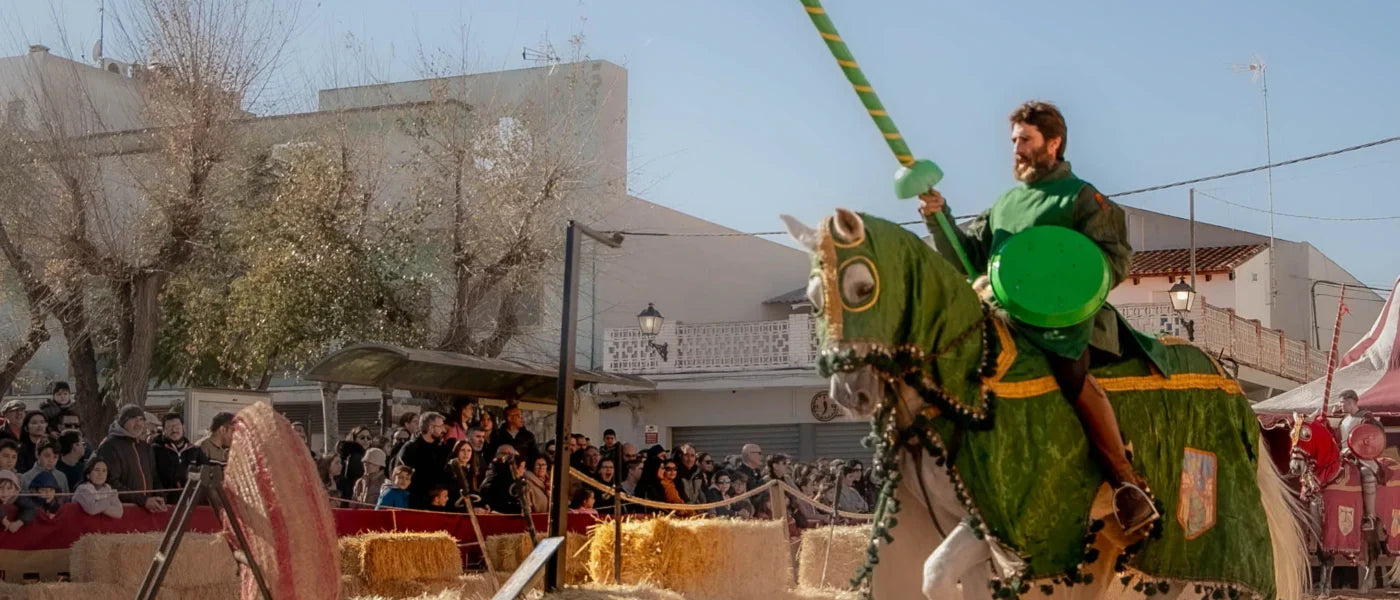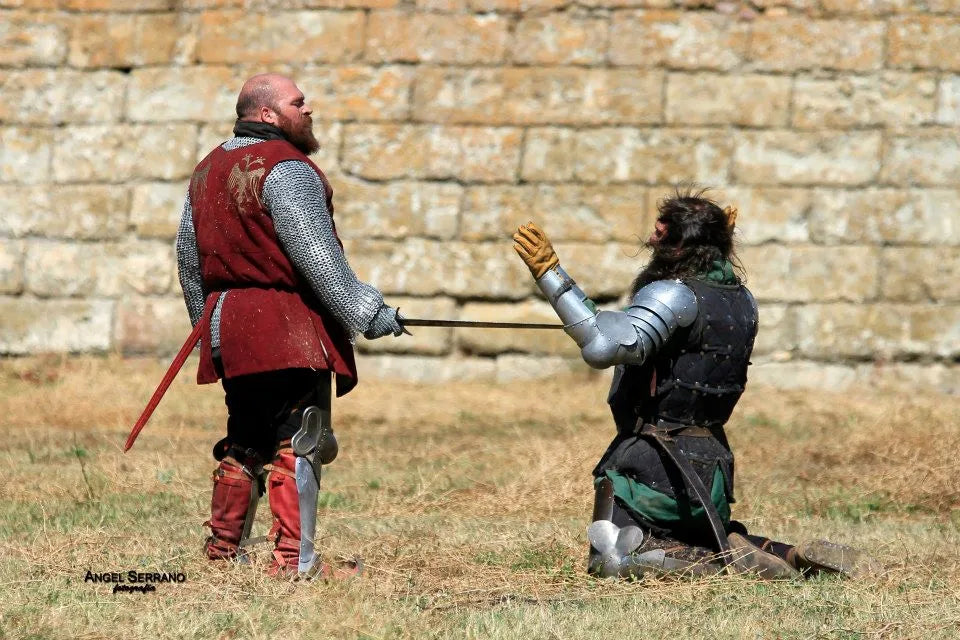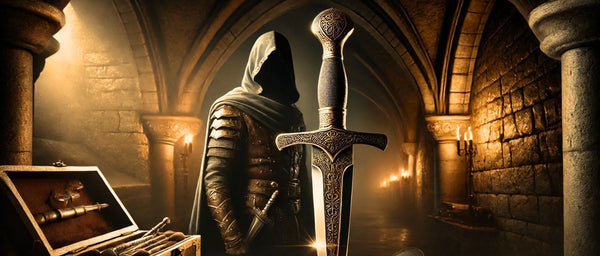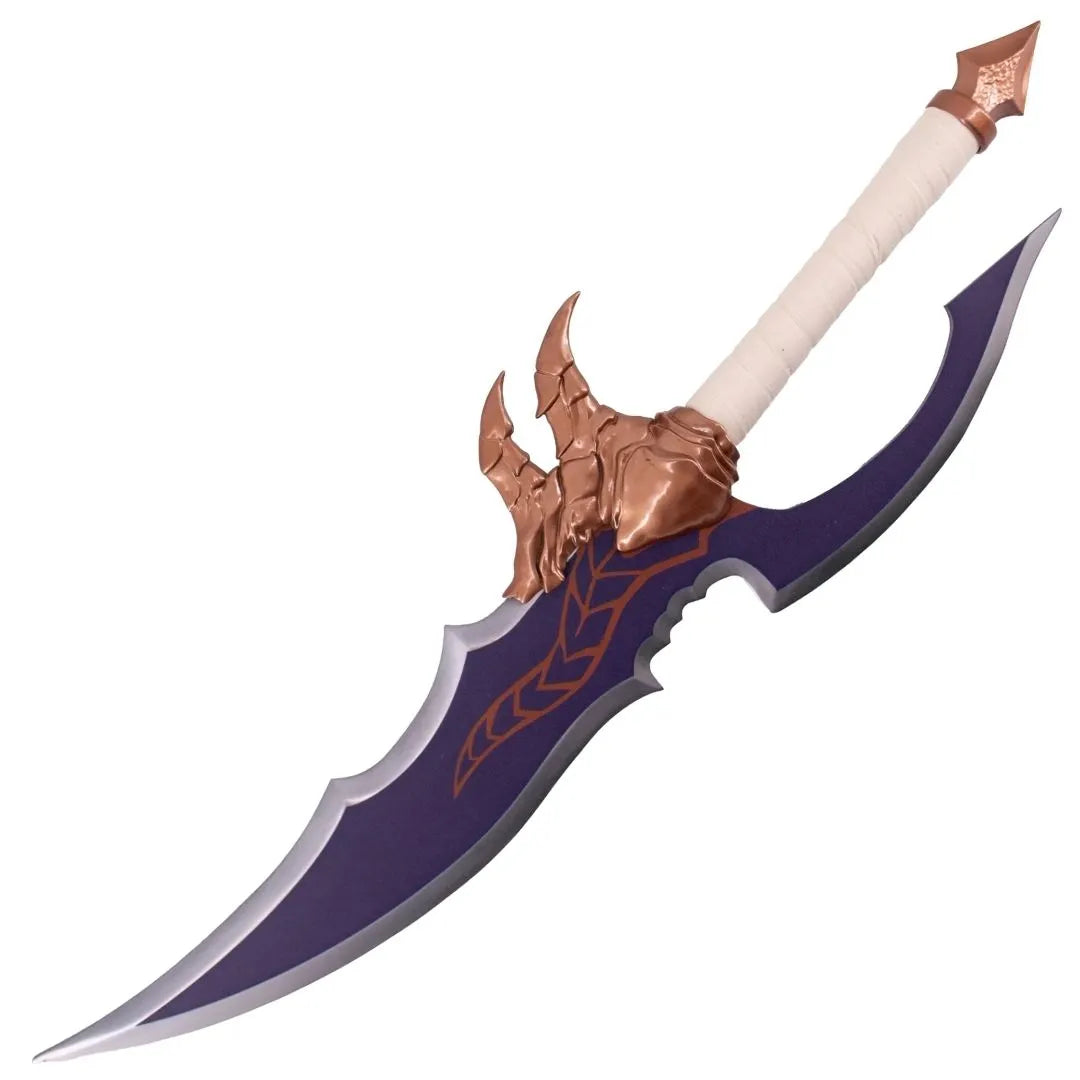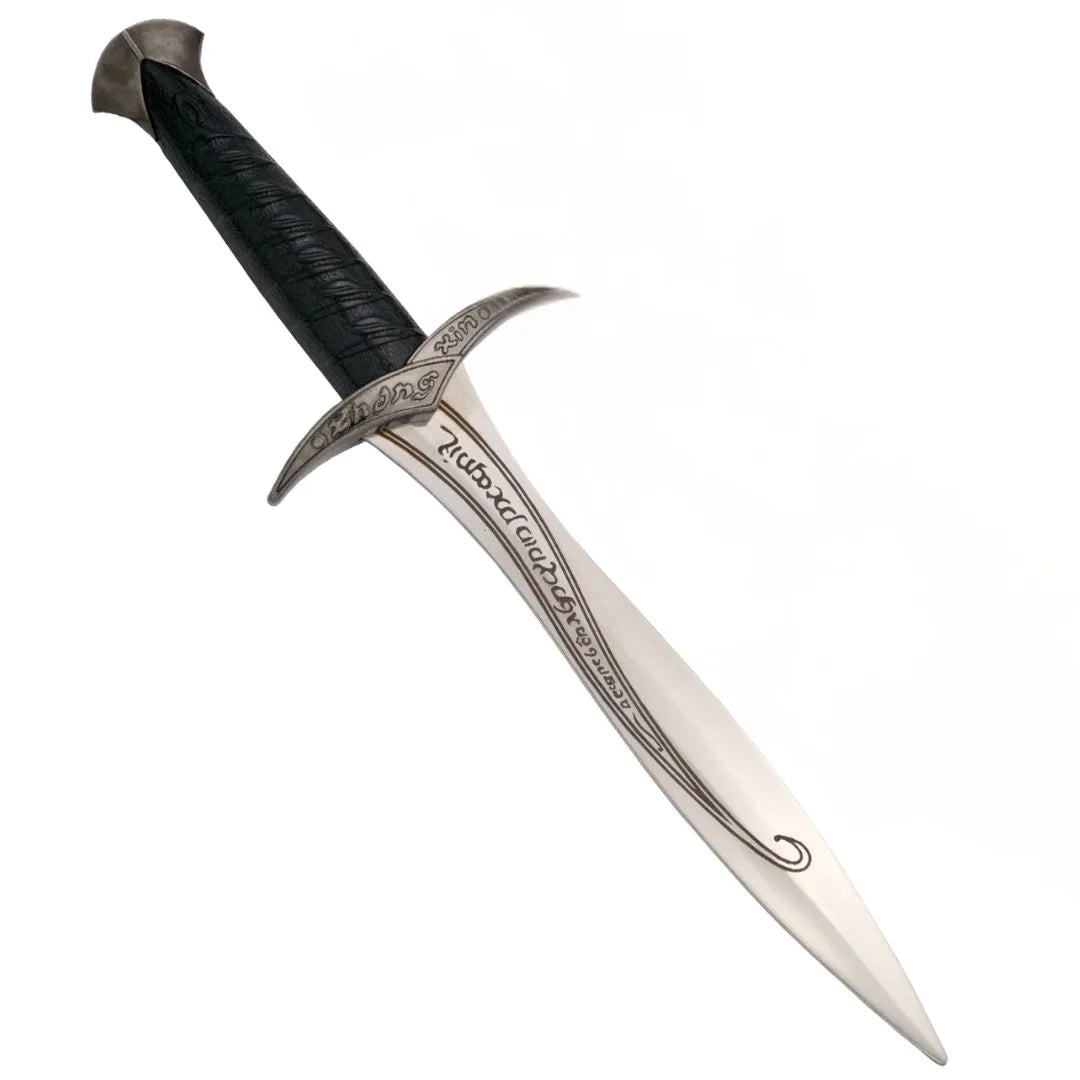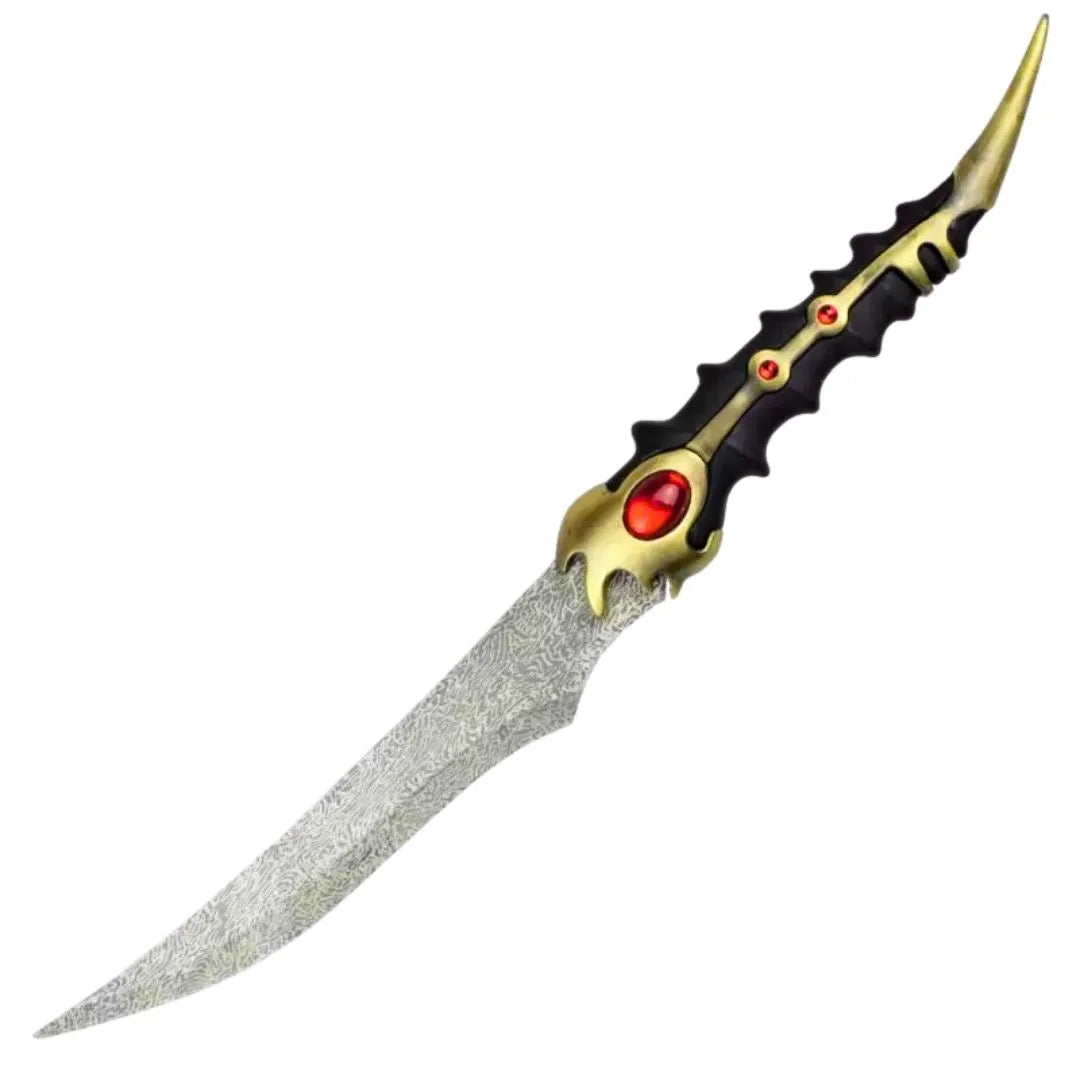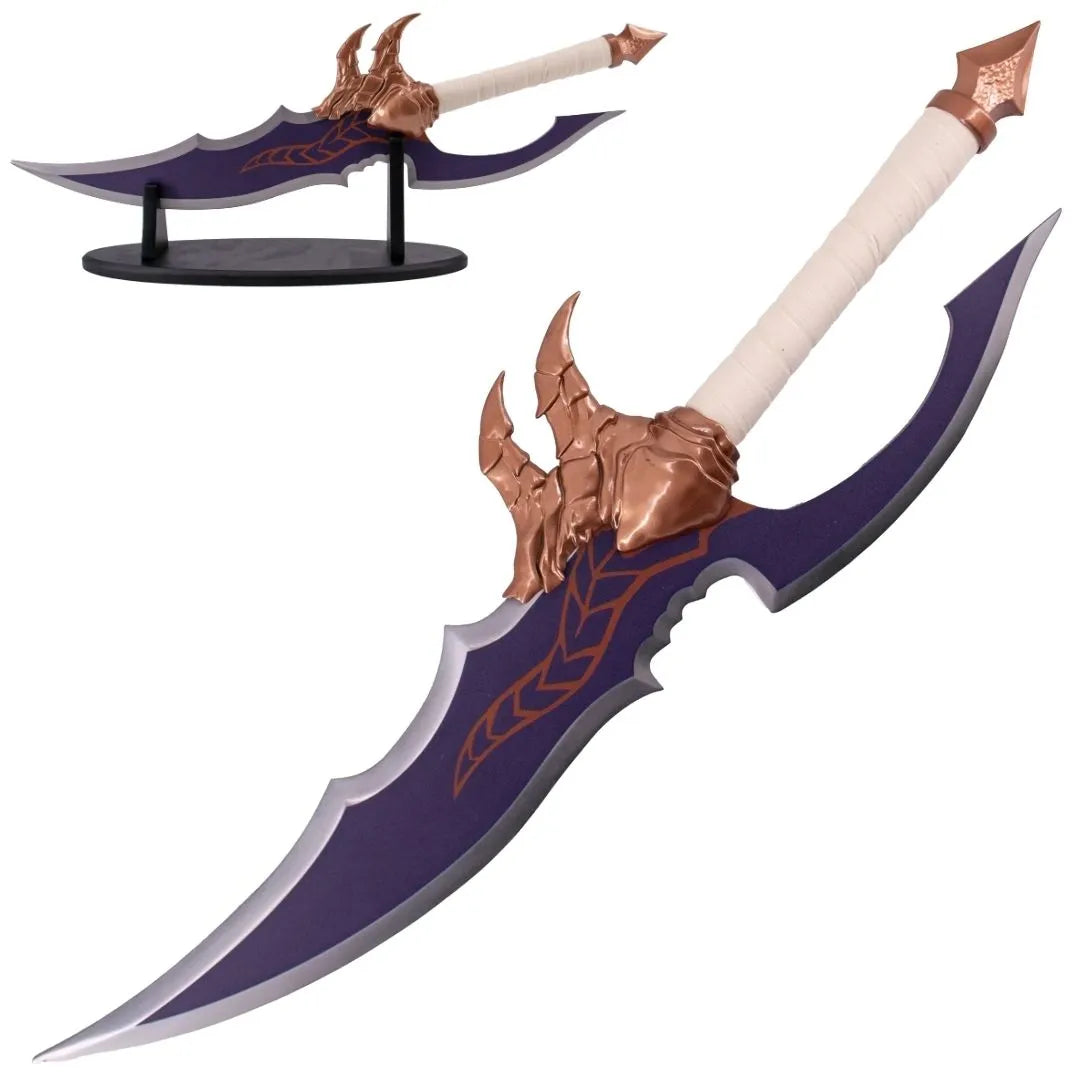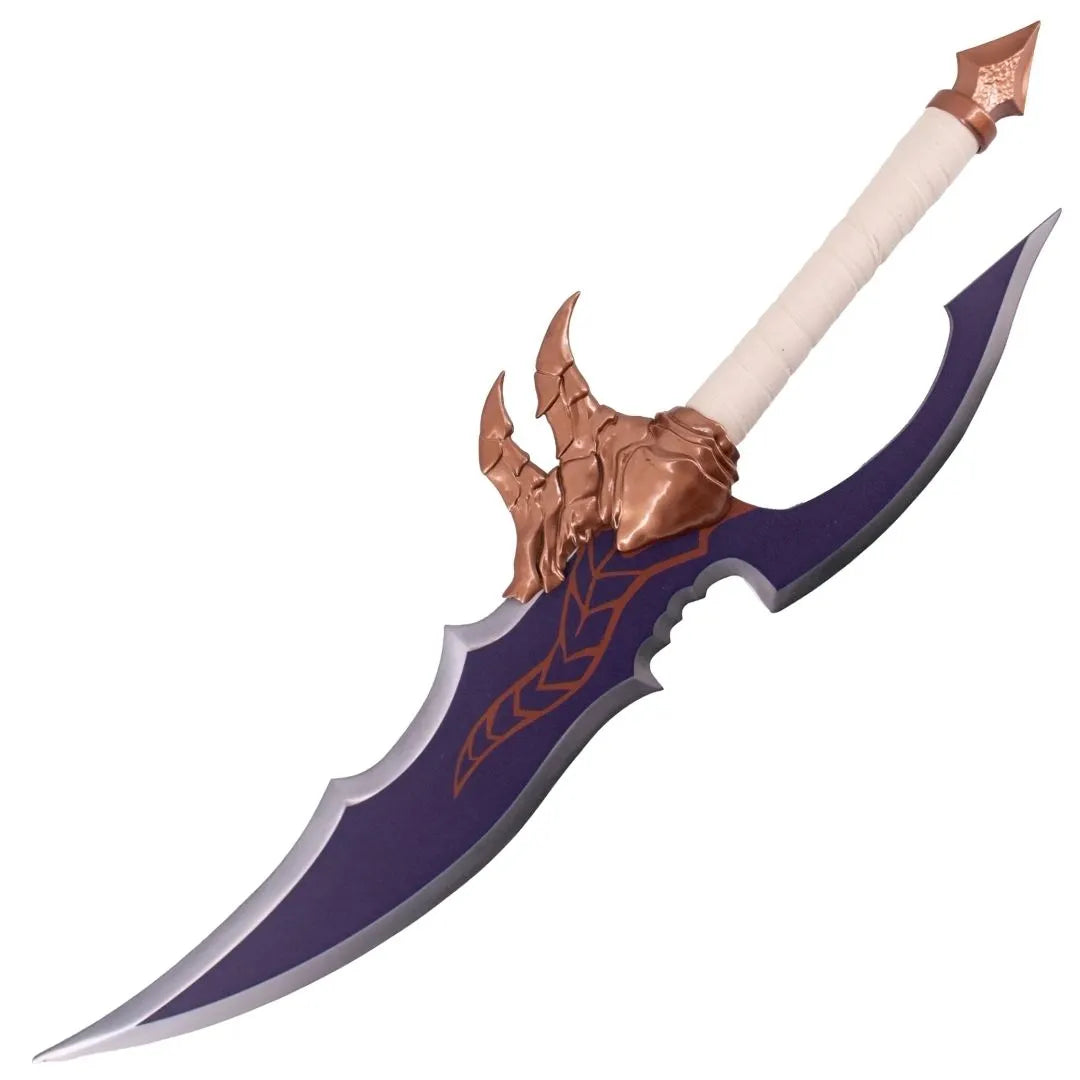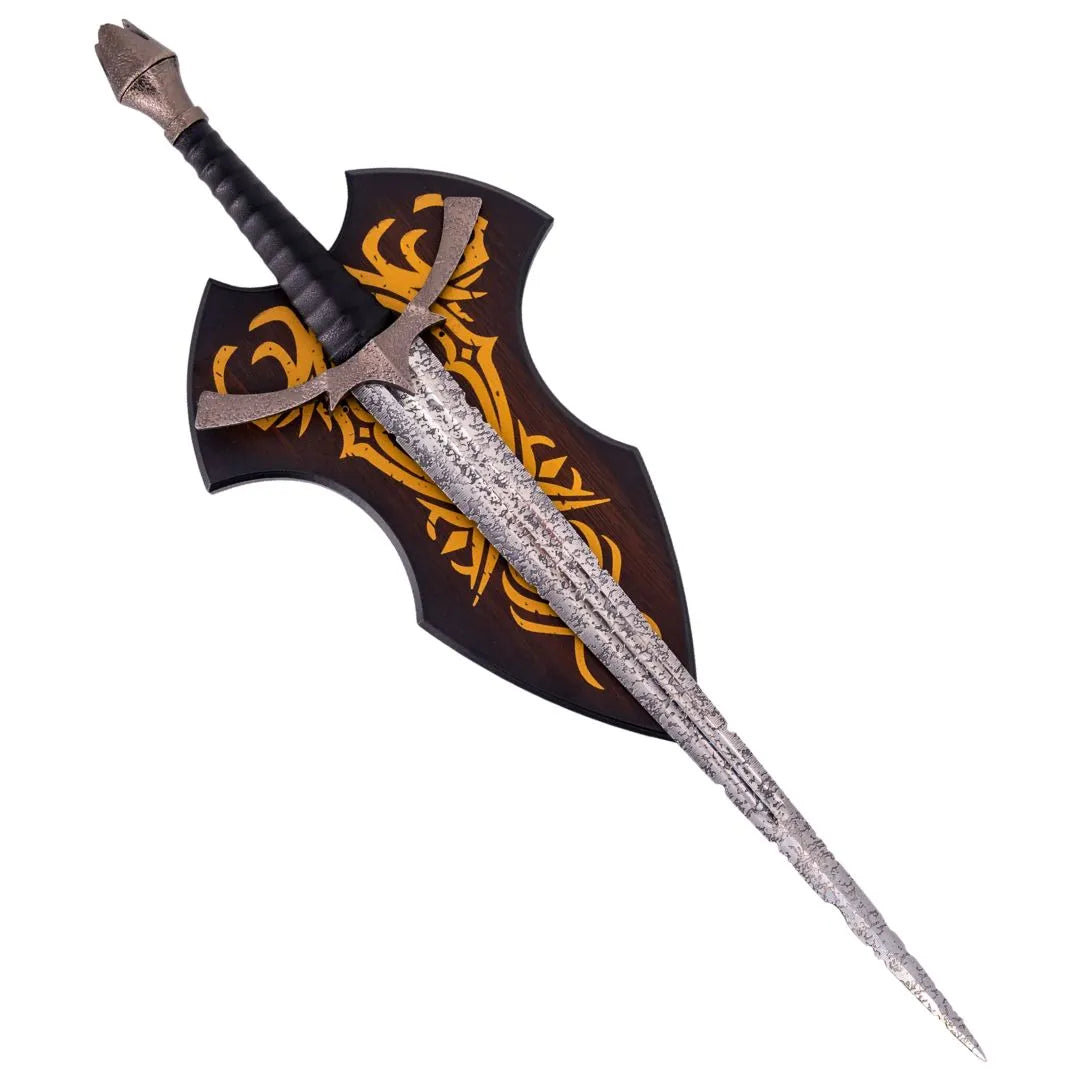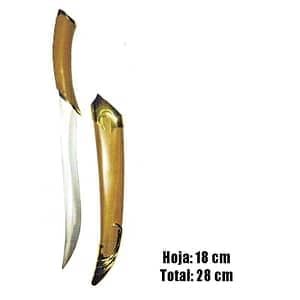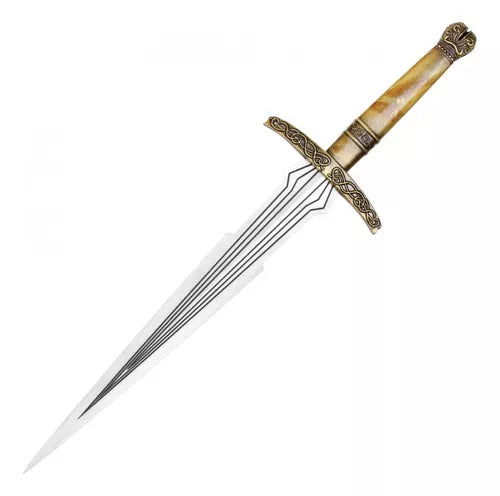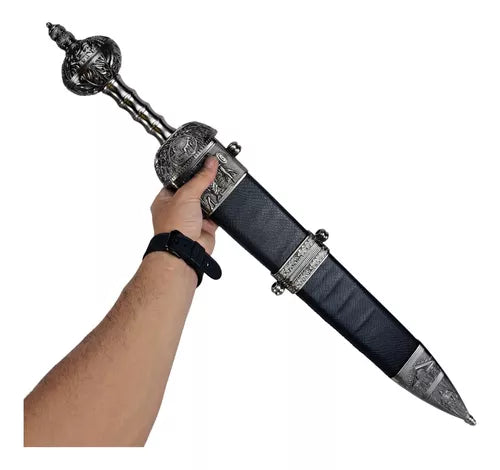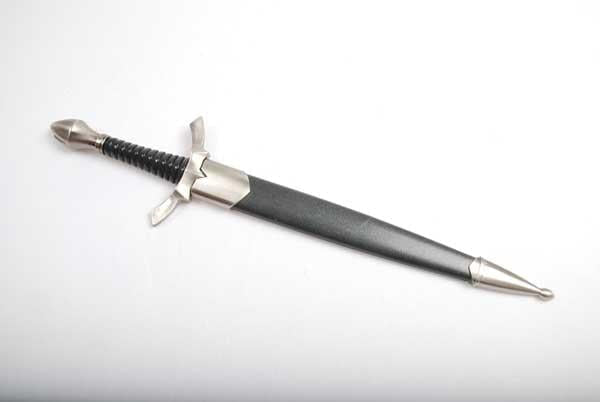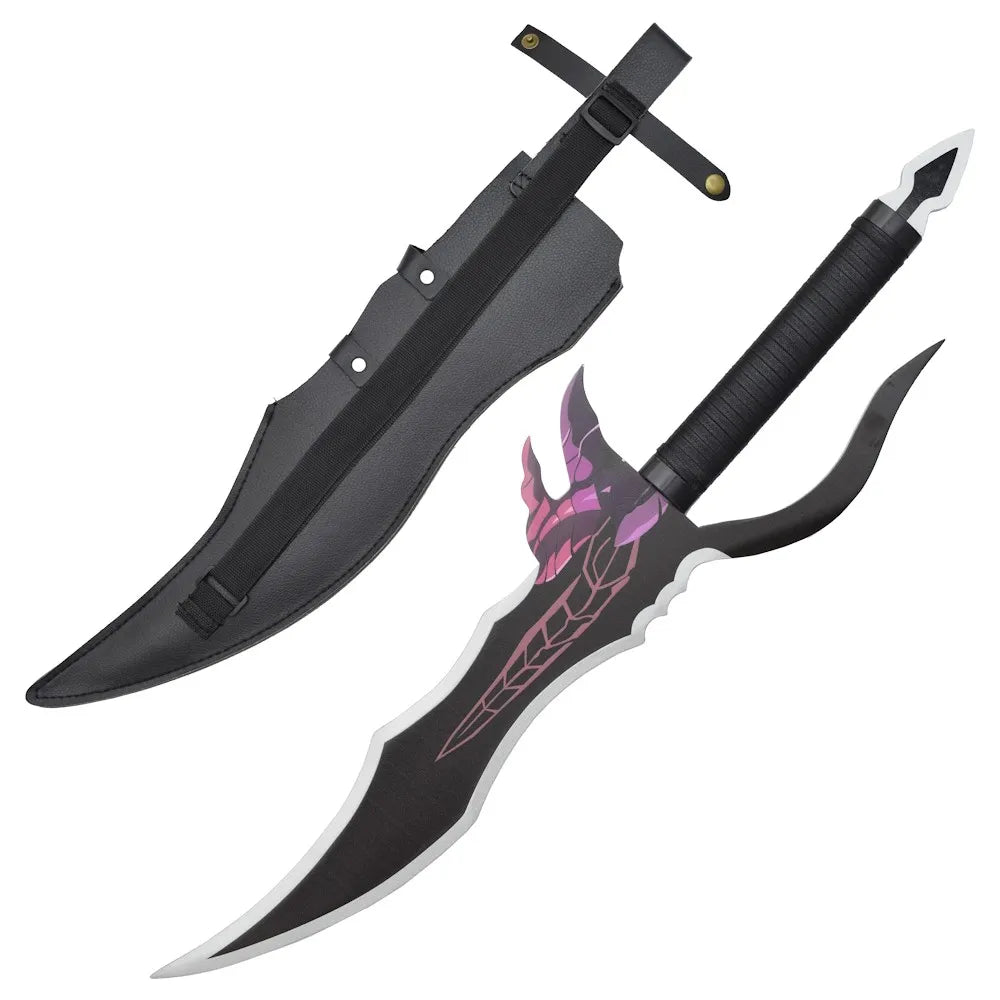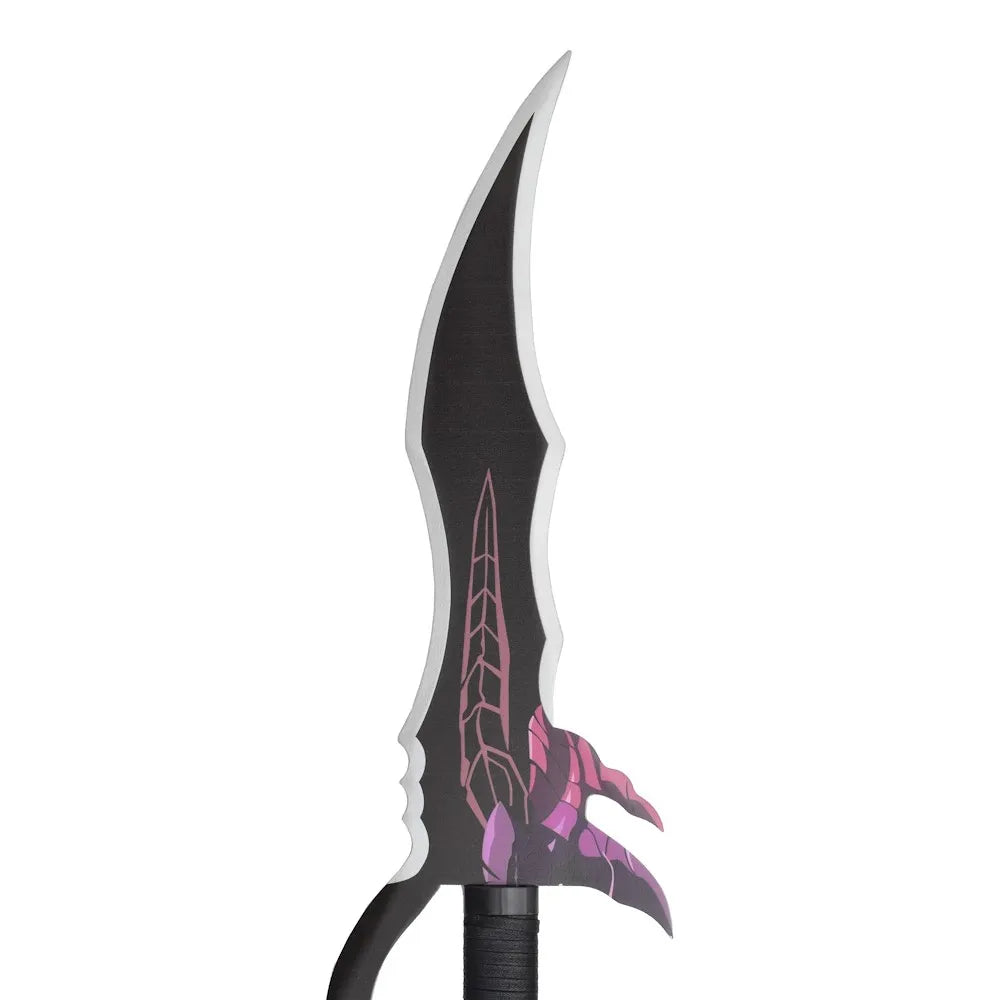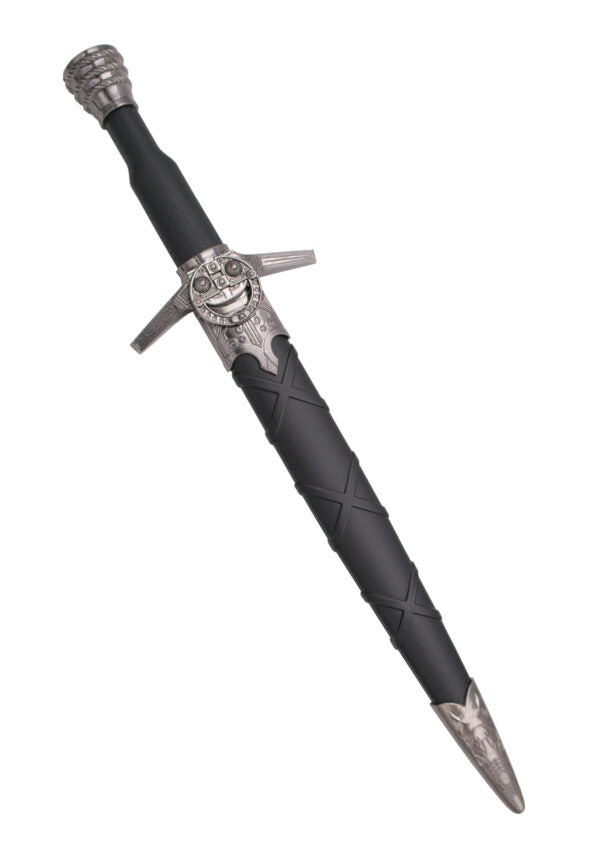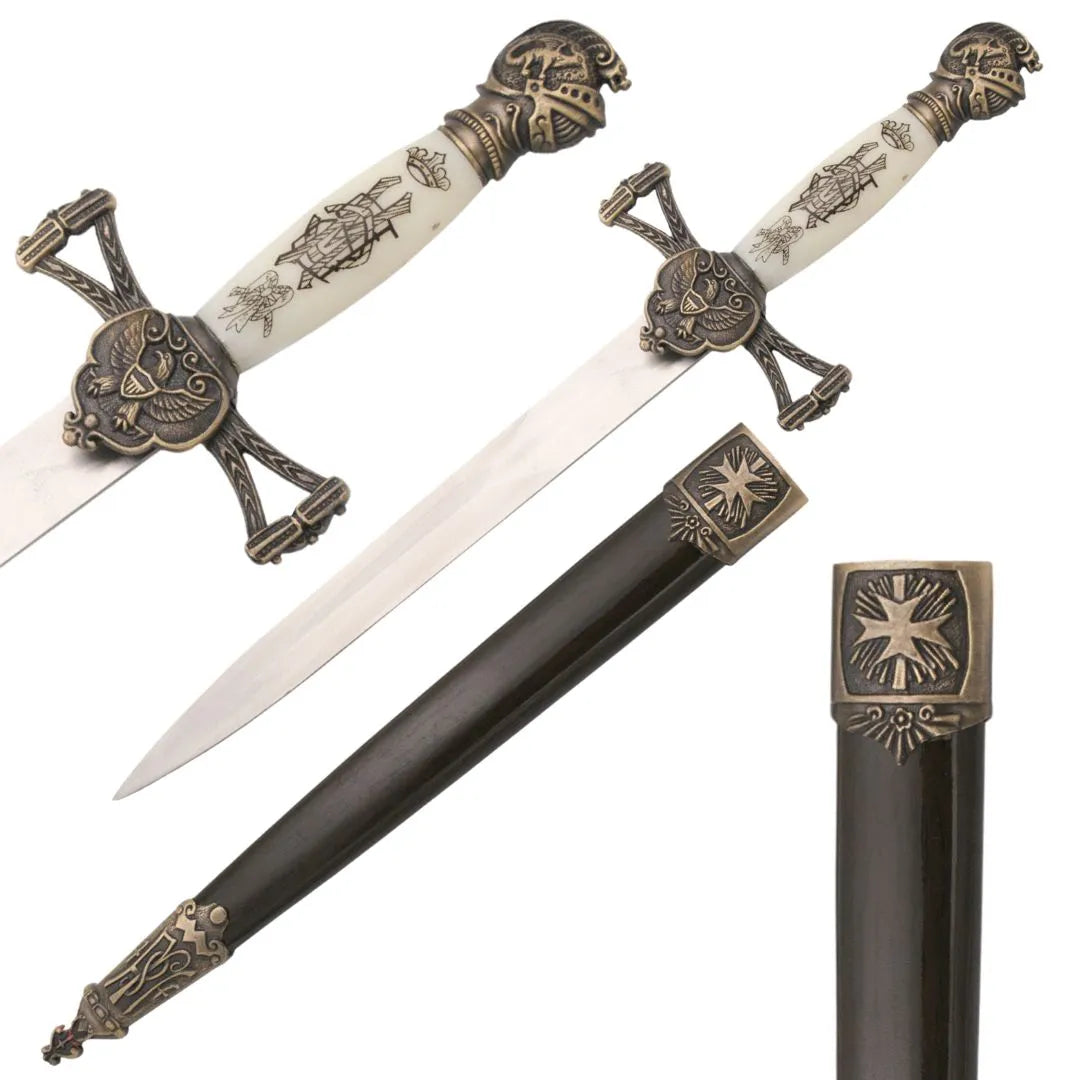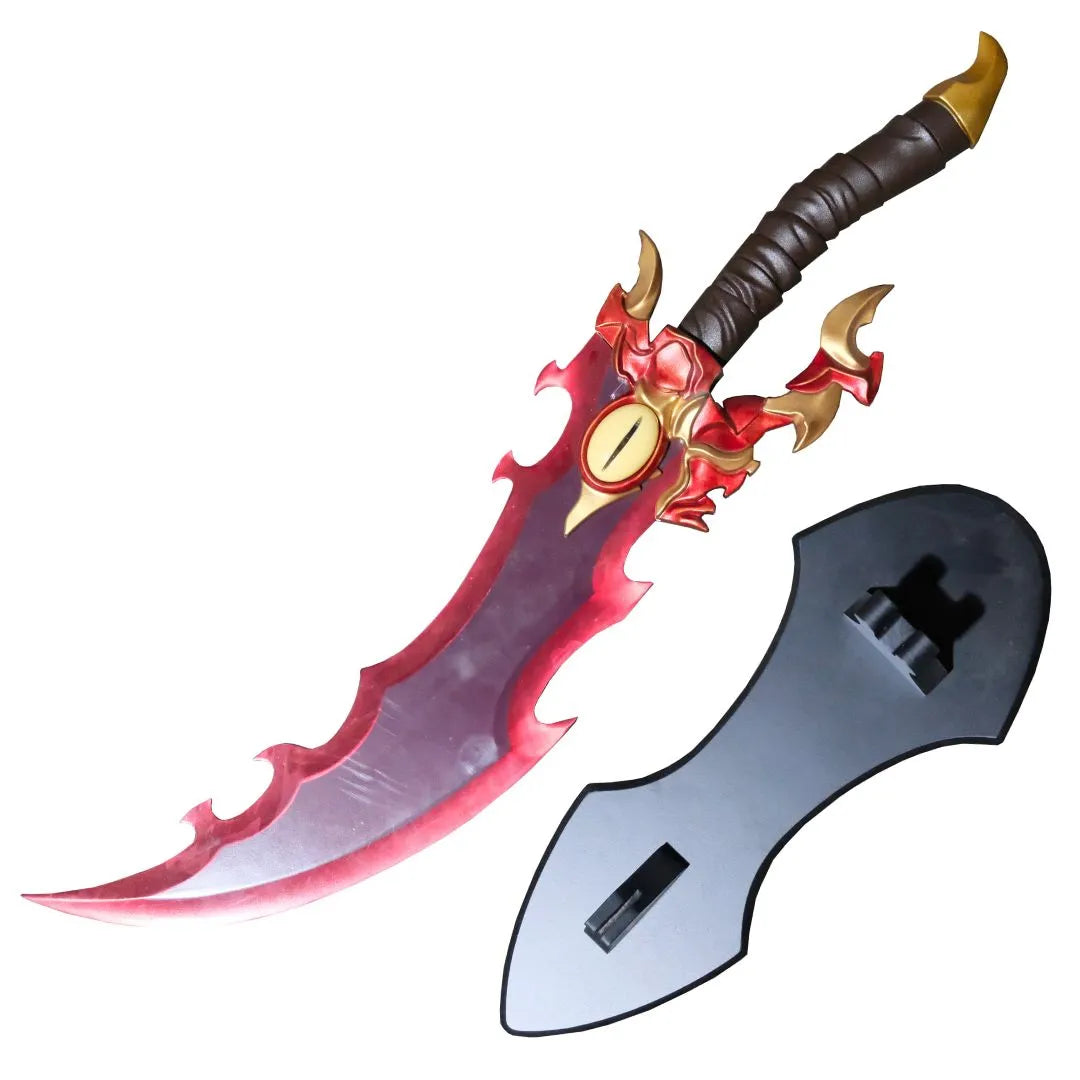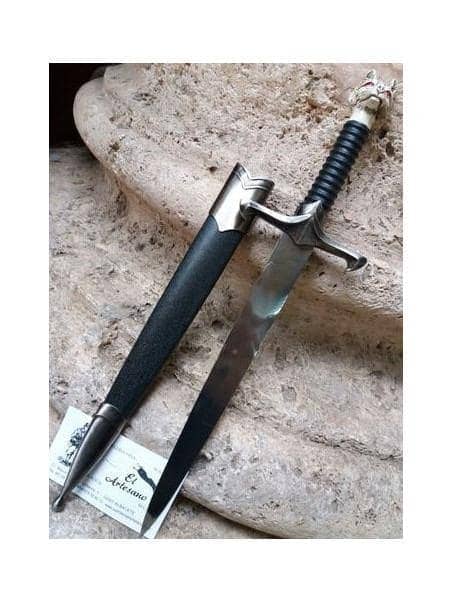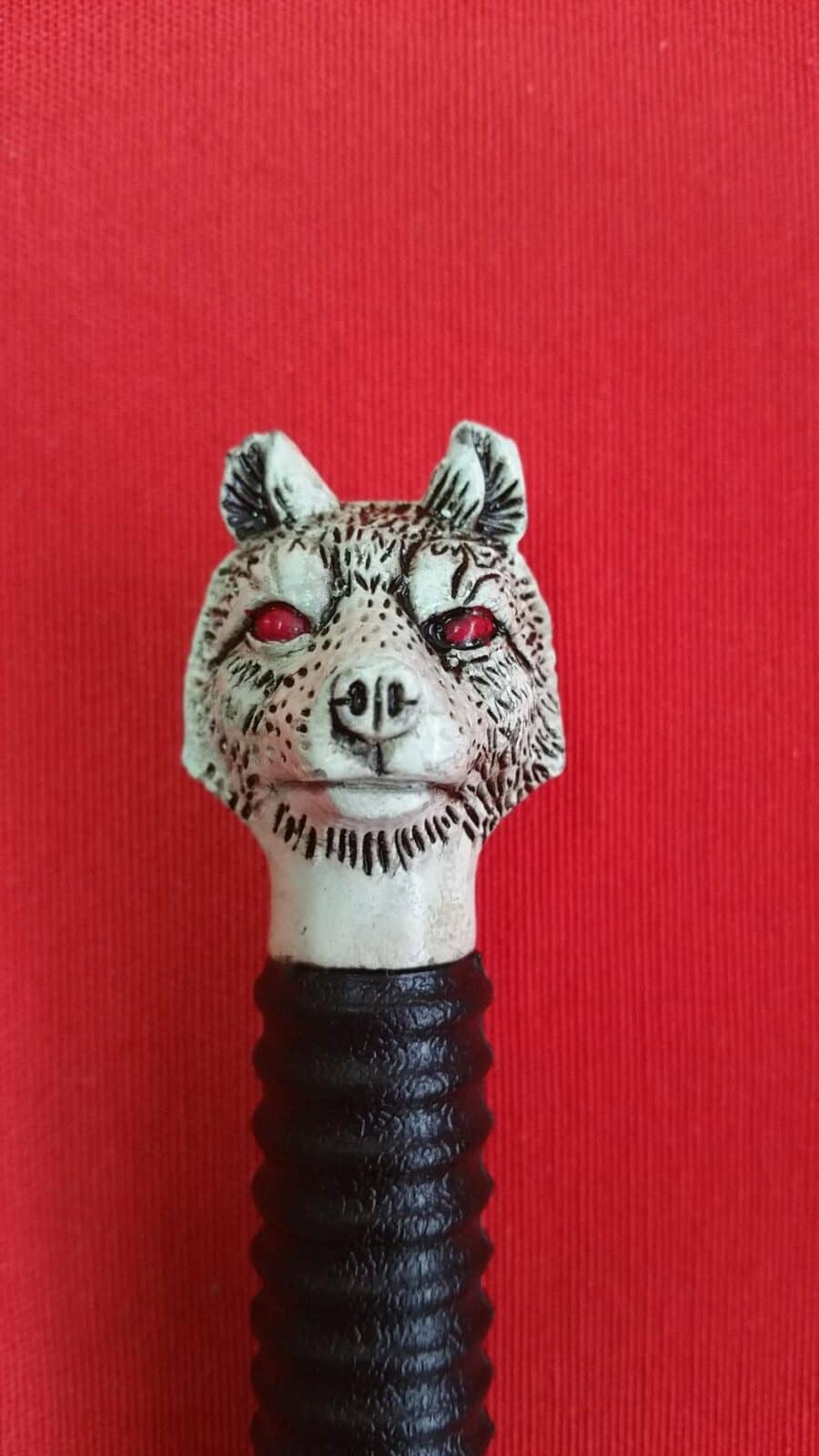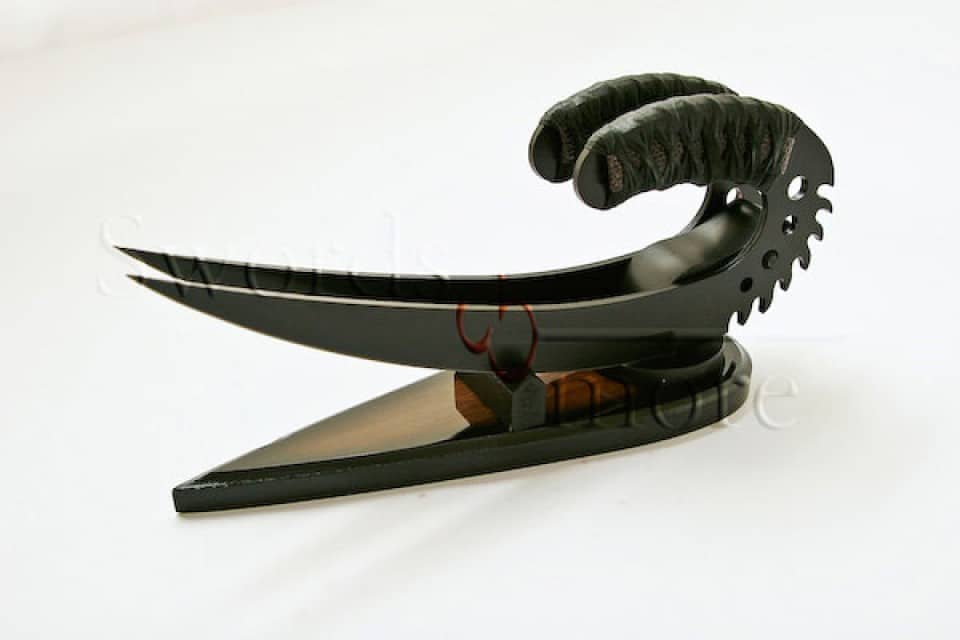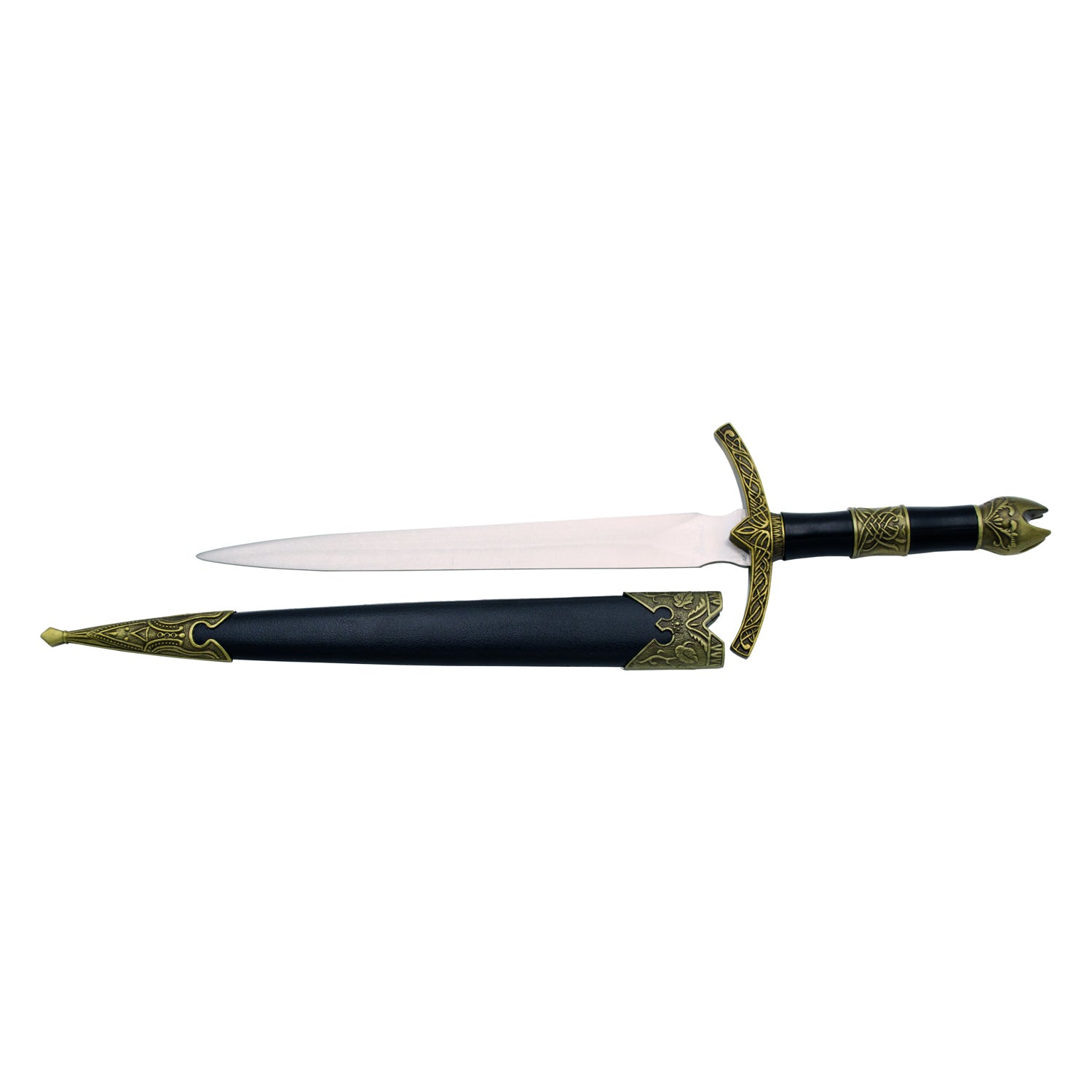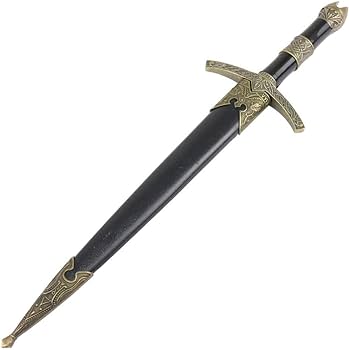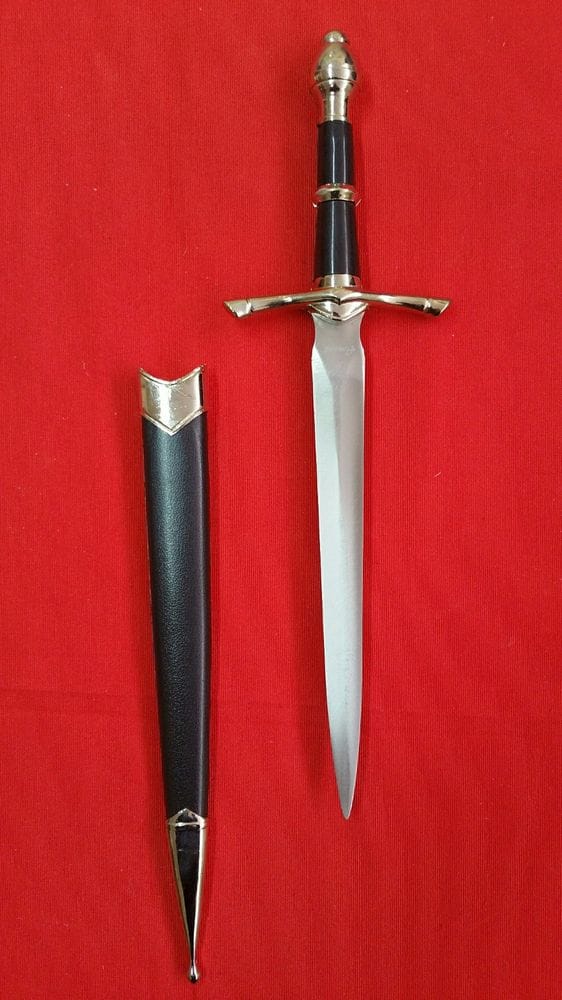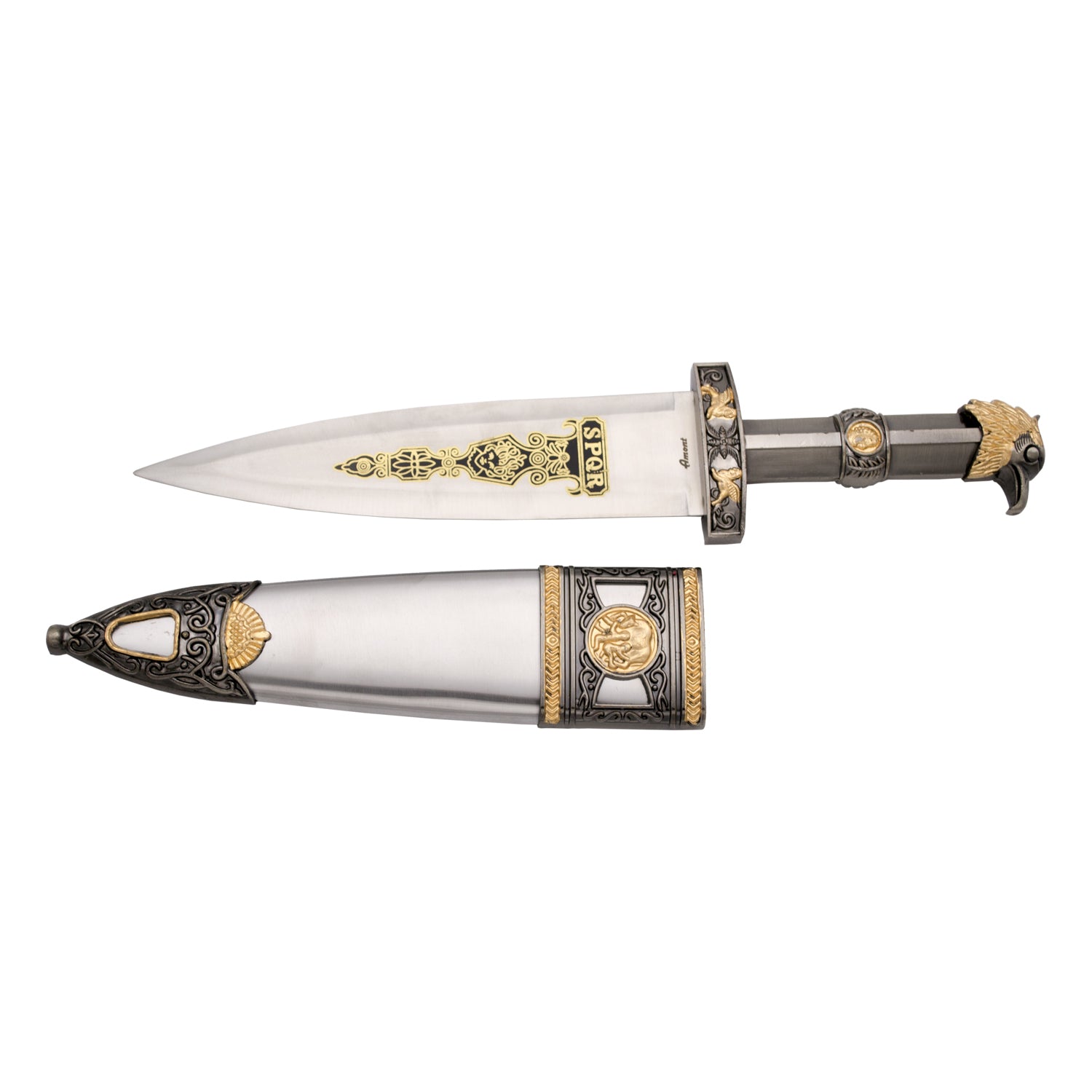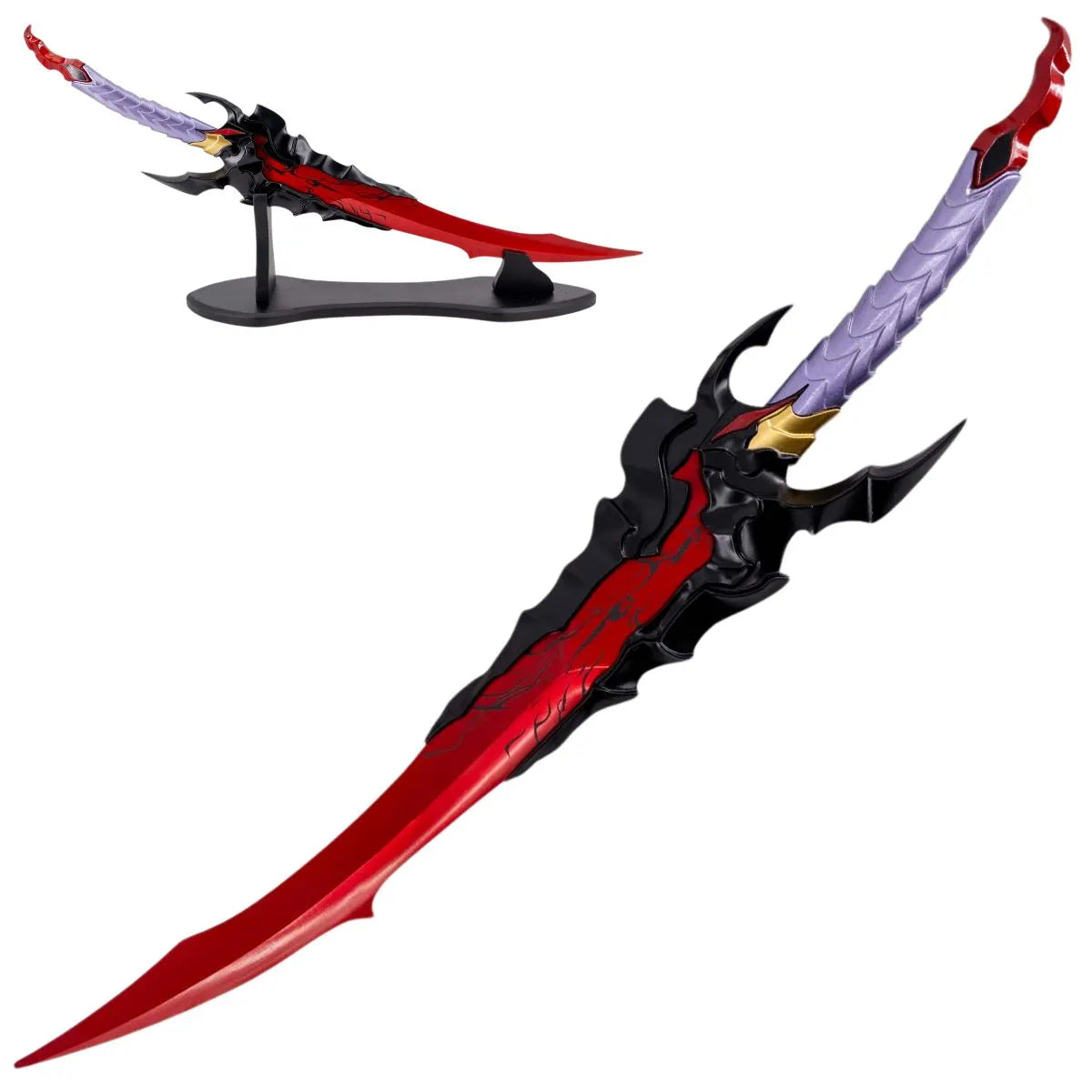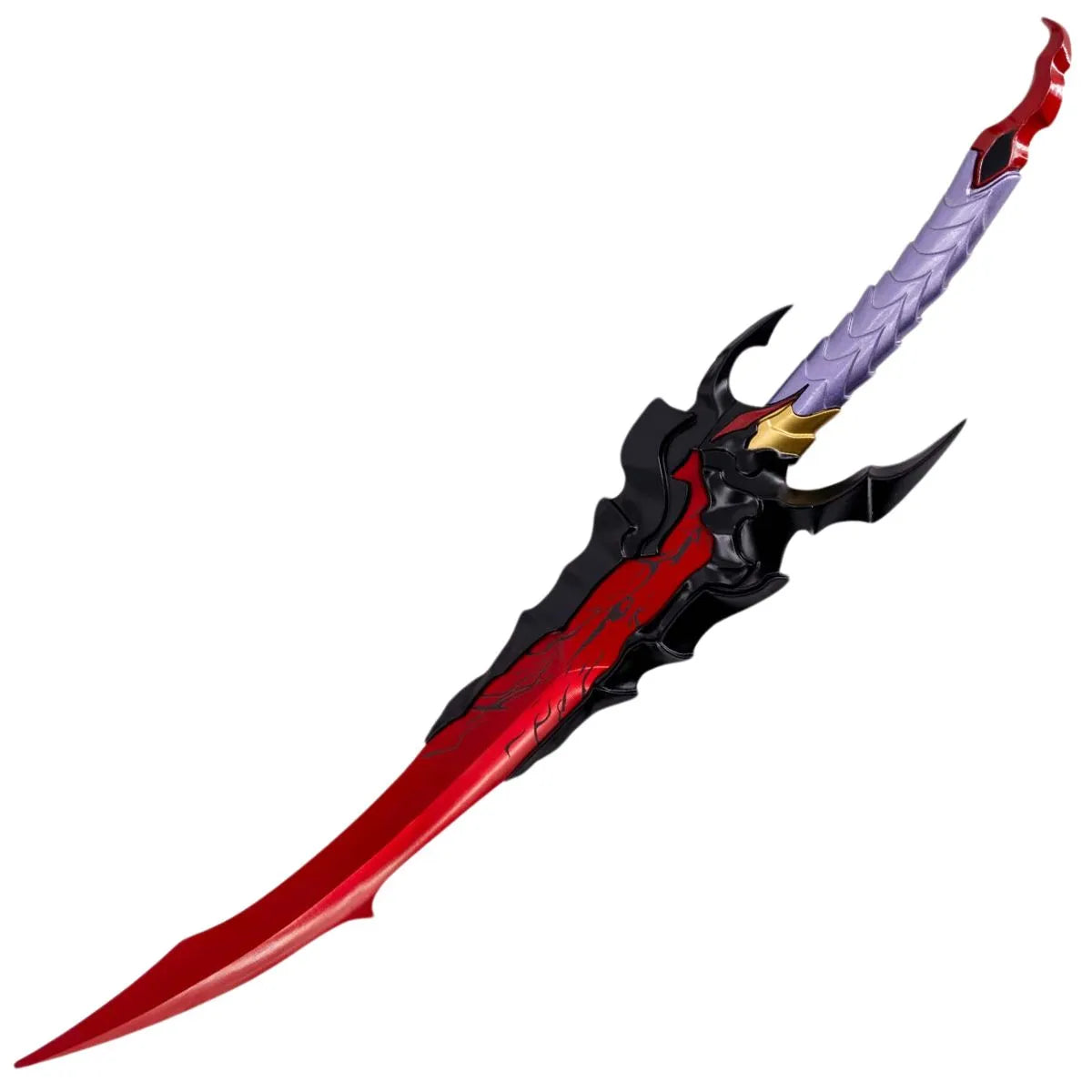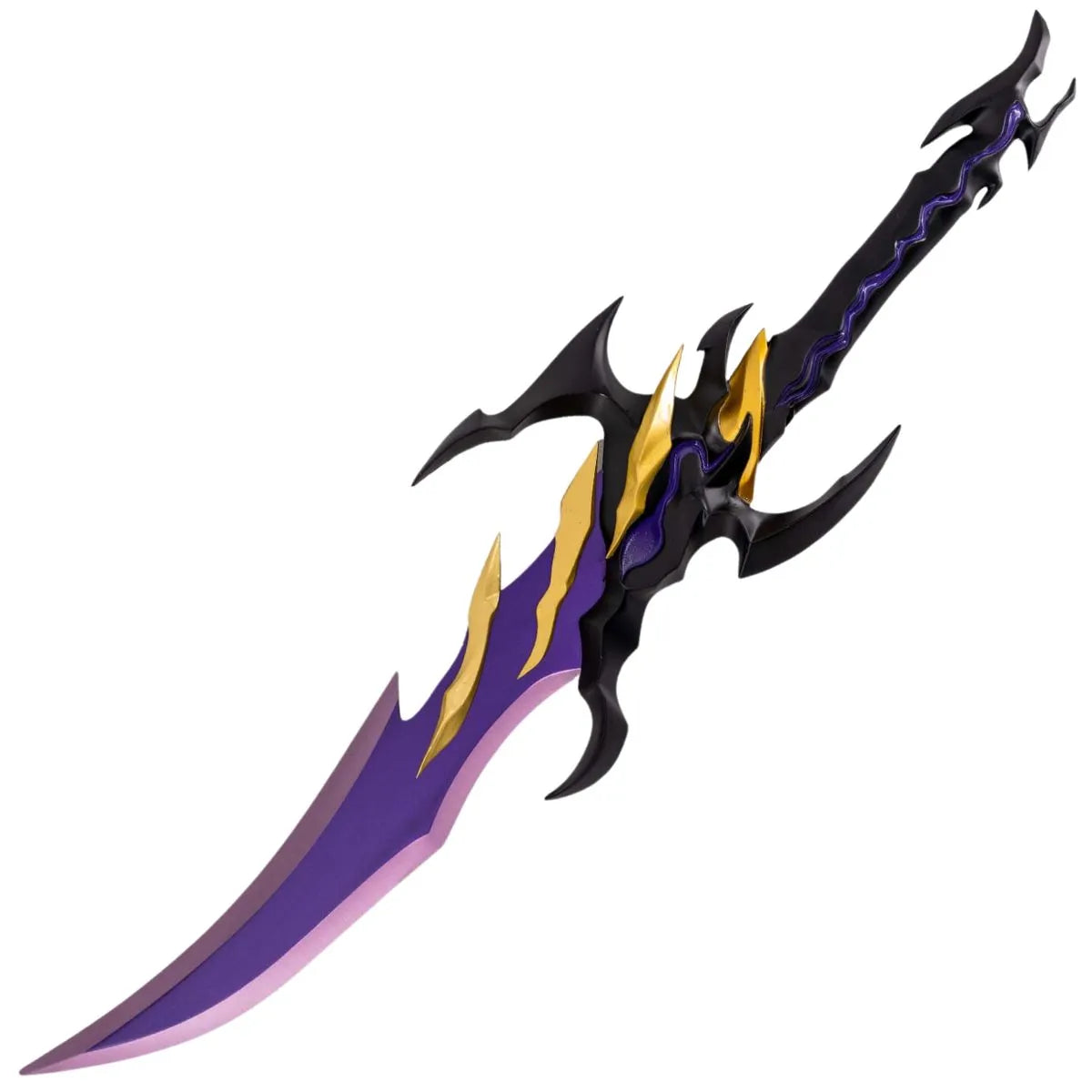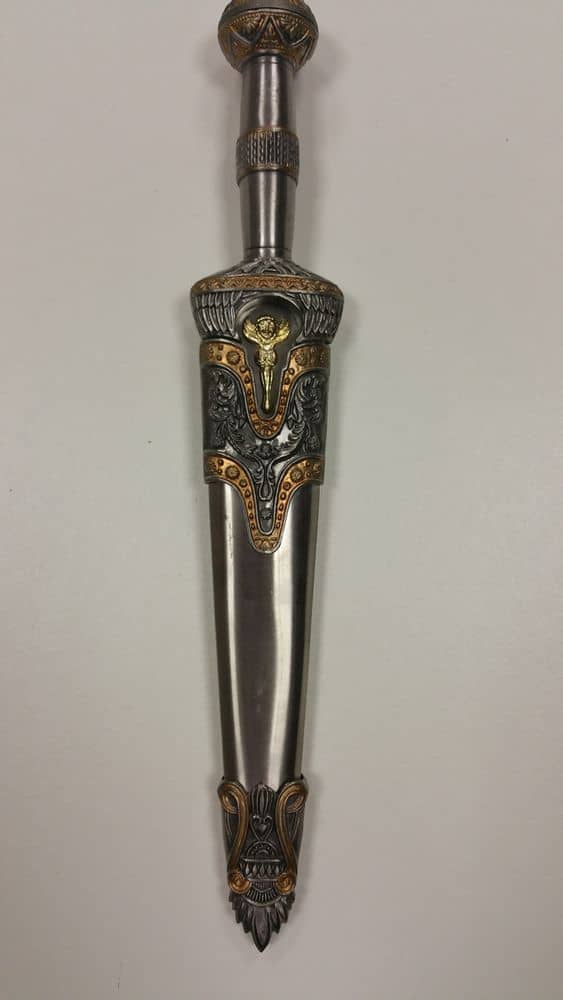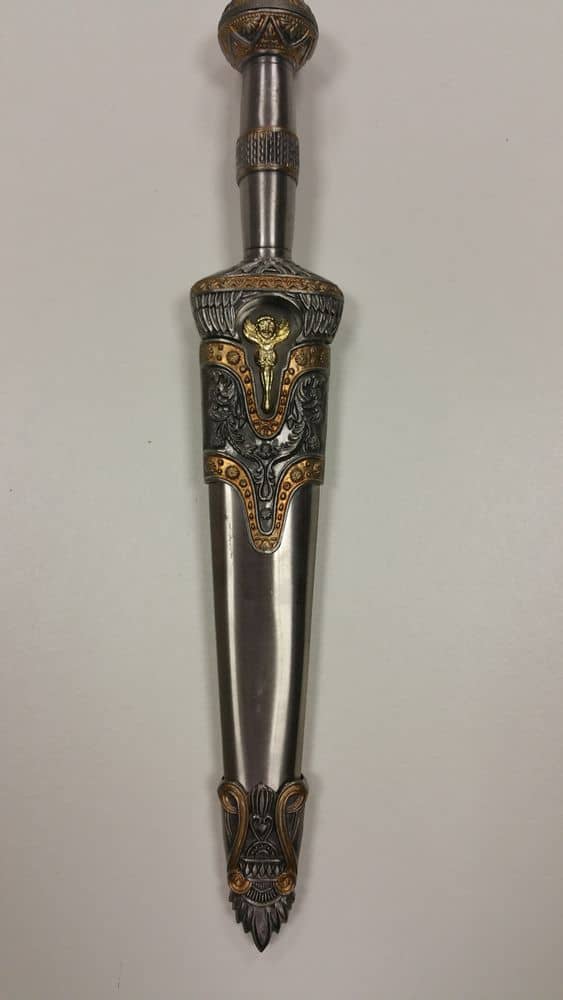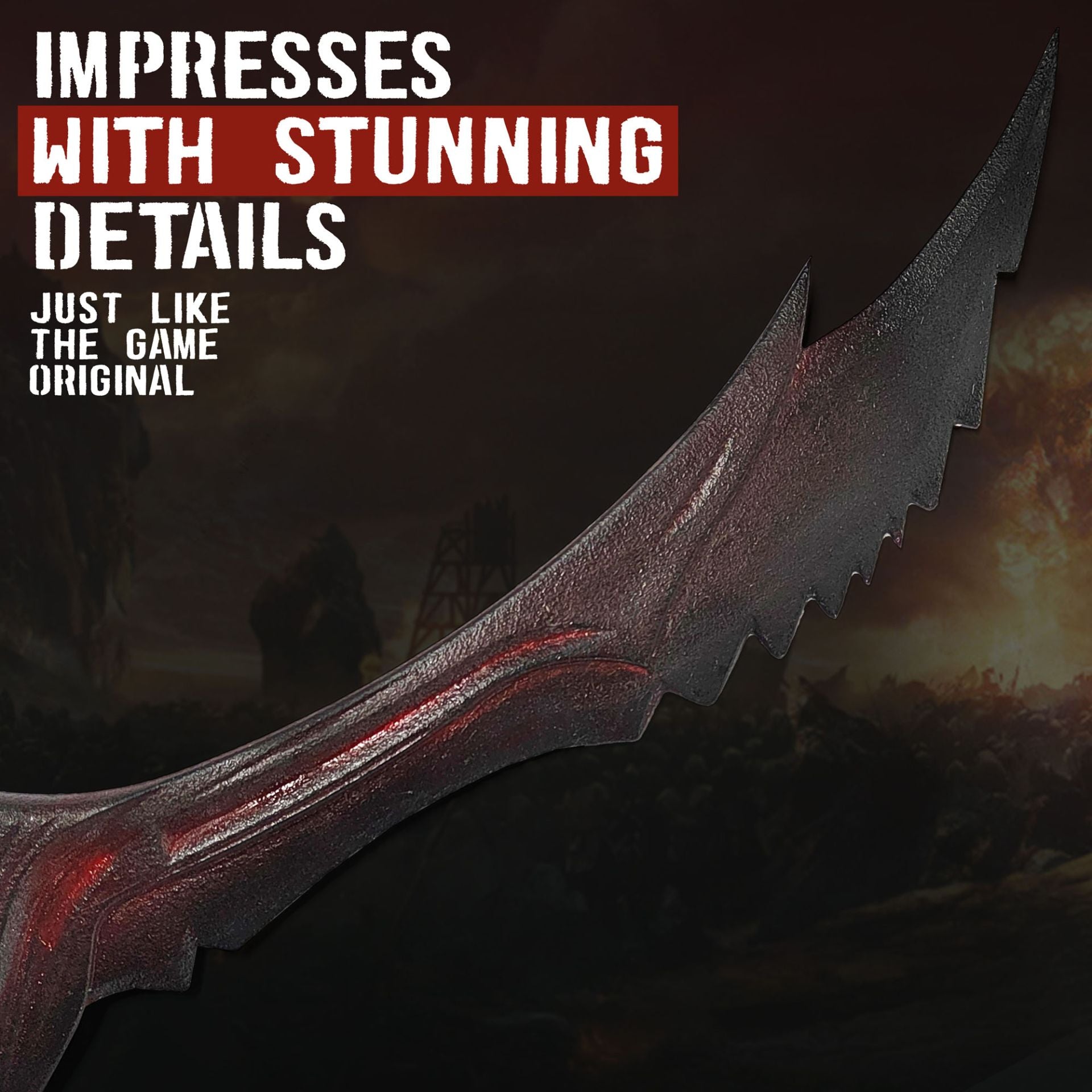What is a dagger?
A dagger is a short, narrow, pointed, one-handed bladed weapon used for stabbing or piercing. Daggers have been used for centuries around the world, and have served a variety of purposes, including combat, hunting, self-defense, and torture.
The dagger was very popular as a fencing and self-defense weapon in 17th and 18th century Spain, where it was known as the daga or puñal. During the Renaissance Age, the dagger was worn as part of everyday clothing, and daggers were the only weapon commoners were allowed to carry.
Templar Daggers
They are often highly detailed, displaying the symbols of their order and decorated with jewels. We offer a complete line of Crusader knives, Jerusalem daggers and other medieval companion daggers for both the collector and reenactor.
A typical Templar dagger had a steel blade between 20 and 30 centimetres in length. The blade was narrow and pointed, and had an edge on both sides. The handle of the Templar dagger was made of wood or bone, and had a metal pommel.
The Templar dagger was an important weapon for the Knights Templar. It was used in a variety of situations, including combat, hunting, and self-defense.
Medieval Daggers
They were often used as a secondary weapon in hand-to-hand combat during this time. In the 14th century, the medieval weapon 'knightly dagger' evolved into a much longer and larger knife known as a baselard.
Medieval daggers were important weapons for soldiers, knights, hunters, and people who needed a weapon for self-defense. They were used in a variety of situations, including combat, hunting, and personal protection.
Roman Daggers
Sometime in the first half of the 1st century AD a rod tang was introduced, and the hilt was no longer riveted through the tang and was instead secured only to the shoulders of the blade.
- Pugio: The pugio was the most common type of Roman dagger. It had a blade between 15 and 30 centimetres in length. The blade was narrow and pointed, and had an edge on both sides. The handle of the pugio was made of wood or bone, and had a metal pommel.
- Sica: The sica was a Roman dagger smaller than the pugio. It had a blade between 10 and 20 centimetres in length. The blade was narrow and pointed, and had an edge on both sides. The handle of the sica was made of wood or bone, and had a metal pommel.
- Naval Pugio: The naval pugio was a type of Roman dagger designed for naval combat. It had a blade between 20 and 30 centimetres in length. The blade was narrow and pointed, and had an edge on both sides. The handle of the naval pugio was made of wood or bone, and had a metal pommel.
Viking Daggers
In modern archaeology, the term seax is used specifically for a type of small sword, knife or dagger typical of the Germanic peoples of the Migration period and the Early Middle Ages, especially the Saxons, whose name is derived from the weapon. These vary considerably in size, but are mostly all-purpose tools and weapons, often carried by women as well as men. How about combining your dagger with a good axe in our axe shop where you will find a wide variety of Viking axes? Although if you prefer you can accompany your dagger with one of our crossbows in our crossbow shop where you can buy them at a very cheap price.
Reviews
HaritzEs muy divertida para jugar
AlmudenaExcelente producto, muy muy muy recomendable para los seguidores de la saga
AketzaBuen producto, tal y como esperaba. Lo recomiendo
AarónUna espada muy bonita con materiales muy buenos y un precio increíble en relación a la calidad.
AarónMuy buen producto, una calidad perfecta y se nota que está hecho a mano. Completamente recomendado
Juan Antonio100% recomendable cada detalle al milímetro
MariaTodo genial. Envío rápido y el producto de calidad
HectorRecreación increíble de una de las armas que me producen más nostalgia de mi videojuego favorito. Si te gusta Final Fantasy VIII, merece la pena, si te gustan los modelos exóticos de espadas, también.
SAULExelente regalo para fans de Kimetsu no Yaiba. Estampado de gran calidad.
SAULPlaca de madera cortada y grabada al laser con 2 imanes en la parte posterior. Perfecto para regalo.

